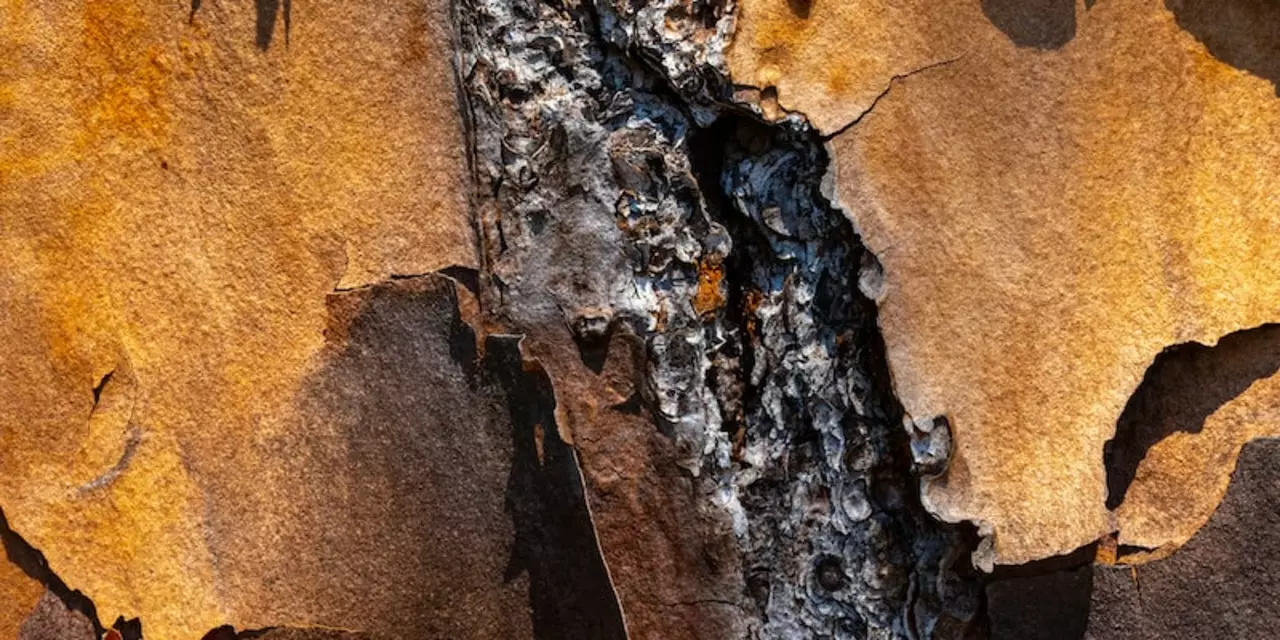Clint Eastwood: From Cowboy to Hollywood Legend
When you think of classic Westerns, a weather‑worn face in a black hat probably pops up first. That’s Clint Eastwood, the guy who made the lone‑wolf hero a pop‑culture icon. But he didn’t stop at acting – he turned the camera around and started directing movies that won Oscars. This page gives you a quick look at his biggest moments, his style, and why he still matters today.
Early Breakthroughs: Spaghetti Westerns and the Man with No Name
Eastwood’s rise began in Italy, where he starred in Sergio Leone’s “Dollars” trilogy. The first film, A Fistful of Dollars (1964), introduced the silent, fast‑draw hero who never says much but lets his actions do the talking. The role was a hit, and the sequels – For a Few Dollars More and The Good, the Bad and the Ugly – cemented his image as a cool, tough character.
Back in the U.S., the TV series Rawhide gave him steady work, but it was the movies that made him a star. Audiences loved the simple, gritty feel of his Westerns, and studios started to see him as a bankable name.
Transition to Director: From “Play Misty for Me” to “Unforgiven”
In the early 1970s, Eastwood tried his hand at directing with Play Misty for Me. The thriller showed he could handle suspense and character drama without losing his trademark cool. The real breakthrough came in 1992 with Unforgiven. The film turned the Western genre on its head, showing older cowboys dealing with guilt and regret. It won four Oscars, including Best Picture and Best Director for Eastwood.
Since then, he’s tackled a range of stories: a gritty police drama in Dirty Harry, a heartfelt look at a World War II veteran in Letters from Iwo Jima, and a modern Western about a retired gunfighter in Gran Torino. Each film keeps his simple, efficient storytelling style – tight framing, minimal music, and a focus on real people.
What makes Eastwood’s direction stand out? He loves to let actors find the truth in a scene rather than forcing it. He often shoots with natural light and keeps takes short, which gives his movies a raw, authentic feel. This approach works whether he’s filming a small indie or a big‑budget epic.
Aside from movies, Eastwood has dabbled in politics, running for mayor of Carmel‑by‑the‑Sea in 1986 and serving as a California State Assembly member for a short stint. Those experiences gave him a grounded view of public life, which sometimes seeps into his film themes about community and responsibility.
Today, Eastwood is still active. His recent work includes the ensemble drama The Mule and the WW‑II epic Cry Macho. Even in his 90s, he keeps making movies that spark conversation and draw audiences.
If you’re curious about where to start, try the classics first: Dirty Harry, Unforgiven, and the original “Dollars” trilogy. Then move on to his later films like Million Dollar Baby and Gran Torino. Each one shows a different side of the man who turned a simple cowboy into a multi‑talented filmmaker.
Clint Eastwood’s career proves that you can reinvent yourself at any age. From a quiet gunslinger to an Oscar‑winning director, his story is a reminder that hard work, clear vision, and a little grit can go a long way in Hollywood and beyond.

What is the meaning in the lyrics in Clint Eastwood (Gorillaz)?
Clint Eastwood by Gorillaz is a song that is heavily layered with cryptic lyrics and metaphors. The song is about Damon Albarn, the lead singer of Gorillaz, feeling isolated and alone. The lyrics also reflect a sense of nihilism, with a reference to a "ghost" that Albarn turns to for guidance. This "ghost" is likely a metaphor for his inner self. The song also features references to Clint Eastwood, a Hollywood icon, as a symbol of strength and resilience. Ultimately, the song is about finding the inner strength to keep going despite feeling alone and isolated.